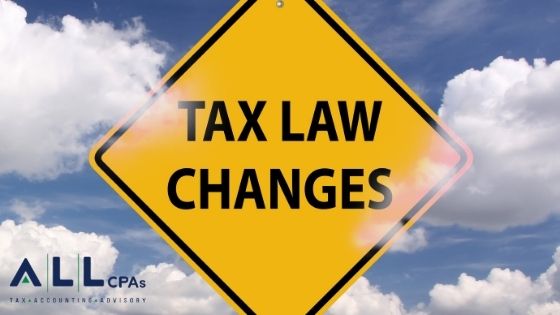
As the pandemic spread across the country in late spring, we began tracking how the U.S. manufacturing industry was responding in terms of workforce reductions, the cost of goods and materials sourcing. We expected that the industry would maintain or slightly decrease production during the second half of 2020, based on manufacturers’ outlook for fewer orders and a smaller backlog.
The actual results have been better than expected, according to the NAM Manufacturers’ Survey for the second quarter. Despite business interruptions and the extreme challenges faced due to COVID-19, manufacturers have continued operations, with more than 50% of large manufacturers and approximately 73% of small and midsize firms being completely operational. However, only a third of respondents hold a positive view for their company’s future business – a dismal outlook not seen since the first quarter of 2009.
Manufacturers should be aware of several concerns that may affect their business through the rest of the year:
PPP Loan Forgiveness Guidance Now Available
More than five million businesses received financial relief through the Payroll Protection Program (PPP) of the CARES Act. The government made these loans to help cash-strapped small businesses meet payroll and other eligible expenses. The application process ended in early August.
PPP loan recipients can have their loans forgiven in full if the funds were used for eligible expenses and other criteria are met, such as maintaining employee headcount. The Small Business Administration (SBA) has provided guidance in a new FAQ to help PPP borrowers calculate how much of their loan is forgivable.
The SBA opened its loan forgiveness portal in August, but borrowers should coordinate with their tax professionals as additional guidance on loan forgiveness is issued. The PPP loan forgiveness period is as follows:
- Those who received a PPP loan on or before June 5 have the option of taking 24 weeks to spend the funds instead of the original eight weeks.
- Borrowers who took loans after June 5 automatically have a forgiveness period that is the shorter of either 24 weeks or the period between the date of the loan to December 31, 2020.
Manufacturers should consider the implications of these time periods. Although it may seem beneficial to have more time to spend loan proceeds, it may be easier for some companies to maintain staffing levels for eight weeks rather than 24 weeks. However, the 24-week forgiveness period allows more of the loan proceeds to be spent on payroll costs.
Now More Than Ever, the Customer Is King
With demand down and manufacturers seeking volume to keep production levels humming, competition for business is fierce. You may find that your customers feel they now have more leverage than before. For example, a customer may request early delivery or want to expedite freight, with your company bearing more of those costs. While you can’t give away the business and must meet your costs, you may need to become more creative to keep customers and re-build demand for your products.
Changing Demand for New Orders
Some manufacturers see reductions in new orders for a range of reasons, from industry consolidation to reduced customer demand and leaner customer organizations. Many smaller manufacturers see no change as they are used to continuously looking for new business. However, larger manufacturers are used to long-term supply contracts with their customers, and those arrangements are decreasing. The impact of these challenges will be even more evident by the fourth quarter.
Now may be the time to make tactical and strategic changes to your business if your customer base is shrinking. You may need to re-evaluate your value proposition, diversify your product mix and evaluate your cost structure. As the pandemic continues for some indefinite period, these steps can help your business be more nimble and flexible in addressing challenges.
Rightsizing Your Workforce
Payroll is usually the largest expense affecting a company’s bottom line. As many companies struggle to maintain production levels, some manufacturers will need to carefully review headcount levels to determine whether they will need to lay off or cut staff. The NAM second quarter report noted that the expected growth rate for full-time employment over the next 12 months is down 2.2%, the lowest rate since the Great Recession. Businesses should weigh their decisions on headcounts and staff reductions against PPP forgiveness. Some manufacturers may need to make immediate cuts in their workforce, while others may decide they don’t want to carry PPP loan debt on their balance sheets.
Plan Now for Greater Resilience
As 2020 begins to wind down, you may wish to enter into discussions with your supply chain partners to seek greater synergies and cost savings. Keep in mind that the decisions you make about workforce reductions may have longer-term consequences for customer service and delivery. If your PPP loans are forgiven, you will have greater ease to negotiate contracts, re-hire workers, and plan for the future. As always, if you have any questions please contact your ALL tax advisor or call us at 617-738-5200.
Recent Articles
Rising Construction Costs from COVID-19 Lead to New Bidding Approaches
Like other essential industries, t [...]
Nexus Requires Compliance and Begins by Filing Tax Returns
“Nexus” may sound like the name of [...]
The Impact You May See from the Build Back Better Act’s Tax Changes
The Build Back Better Act came und [...]




